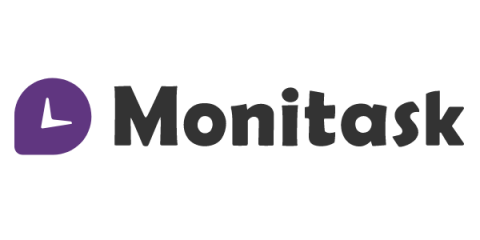Modern Work Environment: Problems with Running an International Remote Team
Gone are the days when employers and employees had to be in the same physical location in order to be able to work effectively and achieve all of their goals. Today, more and more organizations are allowing their employees to work remotely, not to mention that they hire entire international teams, with employees spread all around the world. There are a lot of studies showing that allowing employees to work remotely can lead to much higher levels of efficiency and productivity.






